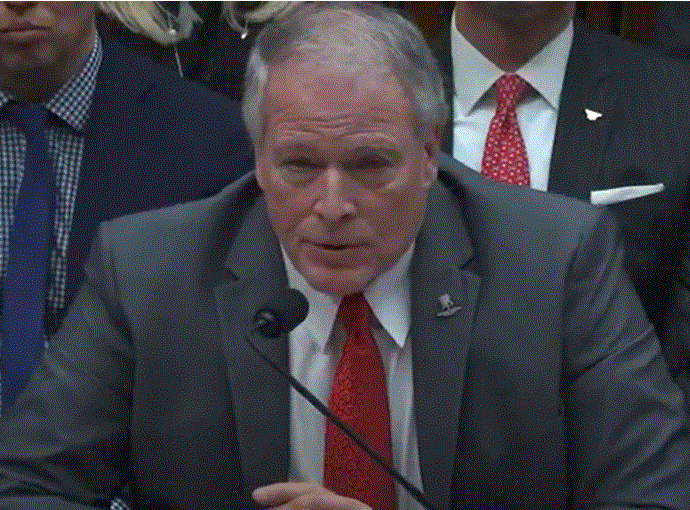
By Philip Butterworth-Hayes
“Looking forward to the emerging advanced air mobility (AAM) sector, it is critical that the FAA, DOT and the Office of Management and Budget complete the rulemaking they call the “powered-lift” special federal aviation regulation (SFAR) to establish the necessary regulatory requirements for commercial operations and pilot certification for electric vertical takeoff and landing (eVTOL) vehicles no later than December 2024,” said Peter Bunce President and CEO, General Aviation Manufacturers Association U.S. House of Representatives Committee on Transportation and Infrastructure “FAA Reauthorization: Enhancing America’s Gold Standard in Aviation Safety” February 7, 2023.
During his testimony, the GAMA chief was critical of the pace at which new certification procedures were being undertaken by the FAA.
“Unfortunately, despite the good work of thousands of dedicated FAA employees, delays in the promulgation of rulemaking, policies, and guidance have inhibited the progression of safety enhancing aeronautical products through the certification system. Contributing to these delays is a large backlog of technical standards, policy memos, orders, and advisory circulars. Improvements are needed to the overall process to address development of safety standards such as those covered under ACSAA, cybersecurity and pilot training standards, as well as to facilitate advances in new technology.”
The result of these delays could have severe implications for the US AAM industry, he told the audience.
“This is the FAA’s announced completion date which is necessary to enable the expected entry into service of initial AAM aircraft. The Committee should hold the FAA to that commitment. However, as previously discussed, there are significant concerns about DOT’s administrative process for rulemaking, so we also propose that Congress puts in place an interim solution that would allow for this new category of “powered-lift” aircraft (e.g., the new certification path for eVTOL) to operate commercially under specified existing regulations if the FAA fails to publish these rules by the deadline. This proposed interim path would not be used or go away once the FAA issues the final SFAR. Congress should also direct the FAA to continue activities and actions to enable certification and entry into service of other types of AAM vehicles and technologies and operations not addressed by the “powered-lift” SFAR such as simplified vehicle operations, autonomy, instrument flight rules, and airspace integration.”

